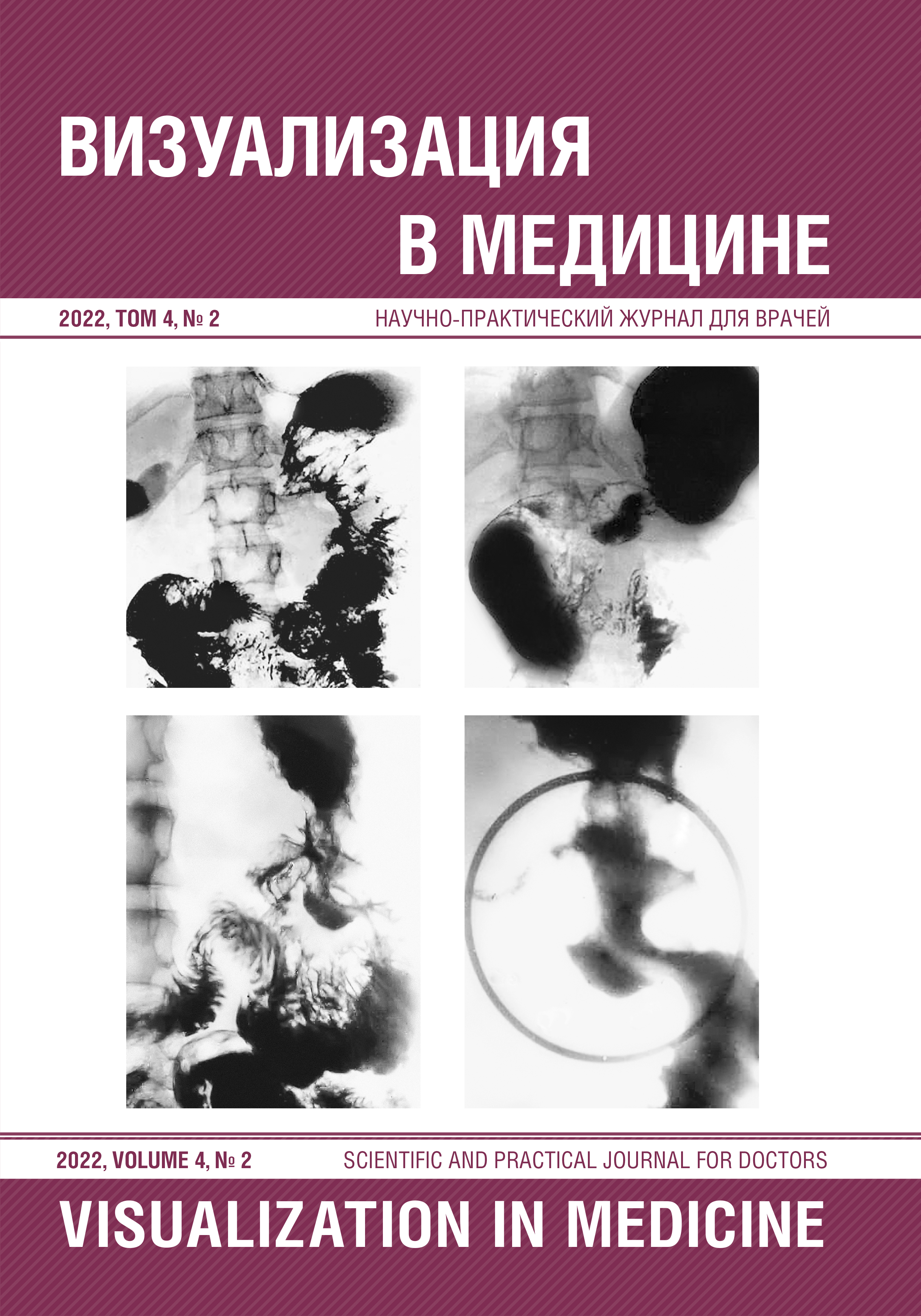CLINICAL CASE OF OSTEOGENIC SARCOMA DETECTION IN OUTPATIENT DIAGNOSTICS
Abstract
The peak of morbidity occurs during a period of rapid growth: 10-14 years for girls and 15-19 years for boys. Usually the disease affects long tubular bones. The proportion of short and flat bones is no more than 20% of the total number of all osteosarcomas. The lower extremities are affected 5-6 times more often than the upper ones. At the same time, about 80% of the total number of osteogenic sarcomas develops in the area of the distal end of the femur. A typical localization of osteosarcoma is the metaphysis region (the part of the bone located between the articular end and the diaphysis). Nevertheless, about 10% of the total number of osteosarcomas of the hip are found in its diaphyseal part, while the metaphysus remains intact. In addition, osteosarcoma has “favorite” locations in each individual bone. Thus, the distal end is usually affected at the hip, the inner condyle at the tibia, and the area where the roughness of the deltoid muscles is located at the humerus. The radiological symptom complex in each individual case depends on a number of different factors - on the nature of the tumor, its localization, its size, the direction of growth, the predominance of osteoplastic or osteoclastic factor, the nature or degree of periosteal reaction. Ultrasound in the mode of color Doppler mapping (CDK) or energy mapping, especially with three -dimensional reconstruction, allows you to visualize tumor vessels and allows you to monitor vascular changes during tumor treatment. In osteogenic sarcoma, the vascular network is visualized in a large number of patients (70%), which is easily proved by ultrasound. This feature allows it to be distinguished from a giant cell tumor and a bone cyst. Our observation demonstrates the importance of oncological alertness in the examination of children and the use of simple and affordable methods of radiation diagnostics in outpatient practice, such as radiography and ultrasound, for diagnosis.



